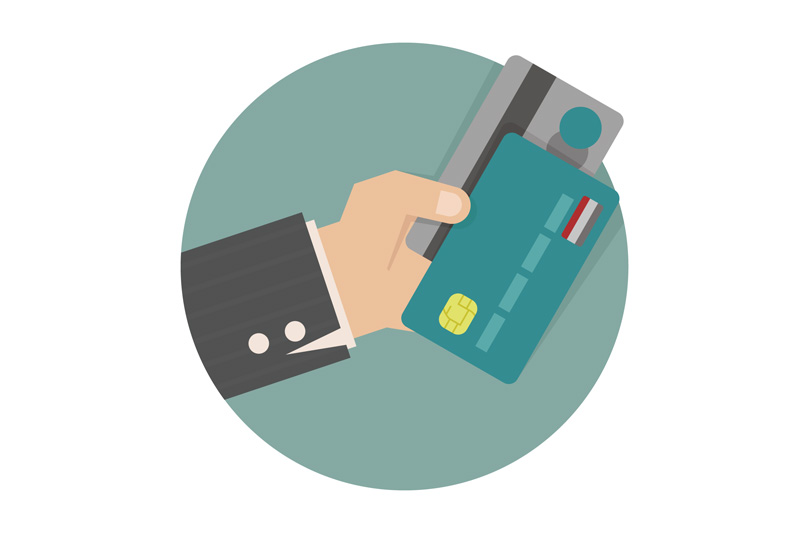←Back to Education Center Main
How It Works: Credit Scores and Lending Decisions on Student Loan Refinancing Options

This information is courtesy of SoFi, used with permission. It is intended exclusively for general information only. For more information on student loan refinancing, please visit SoFi.com/ABA.
By Kevin Moss
Credit scores play a large role in personal finance today. However, many people don’t really understand why or how they’re utilized by a financial institution when making a lending decision. We want to help change that, and provide some insight into how credit scores work at SoFi.
First, some history. Although the MDS Bankruptcy score came first in 1987, the more widely adopted commercially available credit score was created in 1989 by the Fair Isaac Corporation (FICO — hence the acronym) to provide banks and other lenders with an analytics-based view into an individual’s financial picture across the three major credit bureaus (Experian, TransUnion, and Equifax). It’s not administered by the government, and it’s not the only credit scoring system, but it is the dominant one in the United States. VantageScores was established in 2006 as a joint effort across the credit bureaus. Here at SoFi, we use both your FICO and Vantage scores as part of our lending decisions.
The upside of using such scores are clear: they’re data-based, which means lenders aren’t making decisions rooted in human biases. The downside, of course, is that one error on a credit report, or one financial misstep that you may have made, can drag your score down and prevent you from being able to get a loan or a new credit card.
Credit scores help us quickly summarize the information in your credit file. FICO and Vantage are components of lending decisions at SoFi, but they’re only one part. When someone submits their pre-qualified information to us for a loan, our underwriting algorithm, inclusive of your credit score, makes a decision in a matter of seconds based on a set of rules determined by our Credit Committee.
Those rules vary based on the product, but they generally break down into three areas:
• Ability to pay: This reflects your income, any debt, and your expenses. The most important question SoFi tries to answer is common sense: do you have enough money each month to meet your existing financial obligations and make your new SoFi payment? This differs from many lenders who instead may only look at your debt-to-income ratio.
• Credit history: We look at all of the activity in your credit history ‒ your FICO score, the number of current loans you have, your payment and inquiry history, and how long you’ve used credit responsibly. Negative marks on your credit history, known as “derogatories”, hurt your chances of being approved because we think those past negative marks make it just more likely you could miss a payment on a new loan.
• Stability of income: By looking at your education history and career path, we’re able to determine how likely your income is to stay at a certain rate or grow. And if you have more robust experience in your field, you’re more likely to be able to repay your loan in a downturn.
As we continue to innovate new technology and optimize our algorithms, we’ll get even better at understanding someone’s holistic financial picture with this same basic information. And by gaining a better understanding, we can continue to offer you great rates, great customer service, and exclusive member benefits.
SoFi Lending Corp. is licensed by the Department of Business Oversight under the California Financing Law, license number 6054612.
←Back to Education Center Main